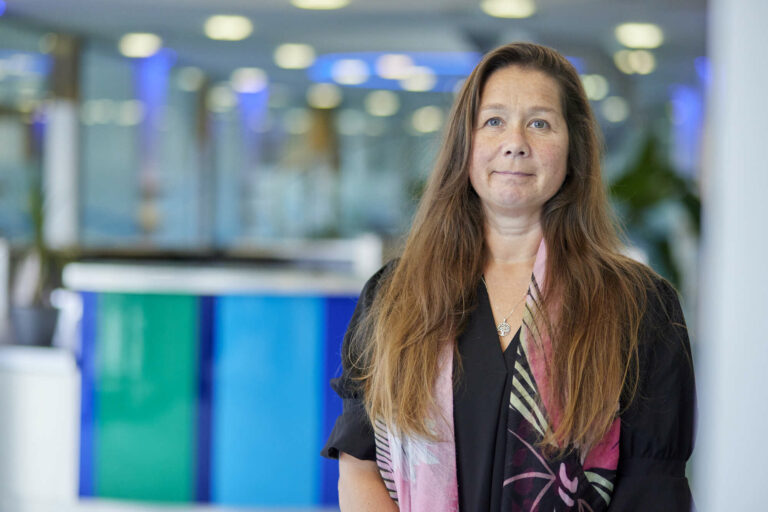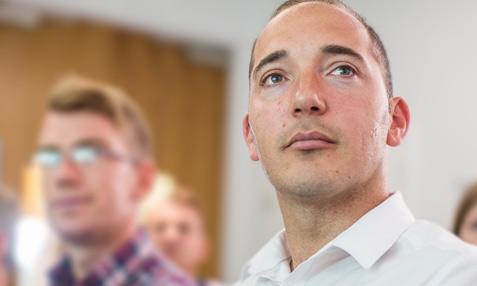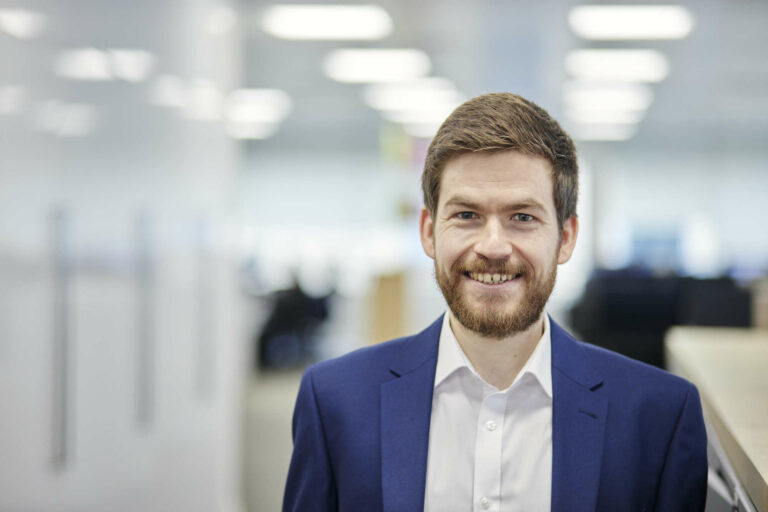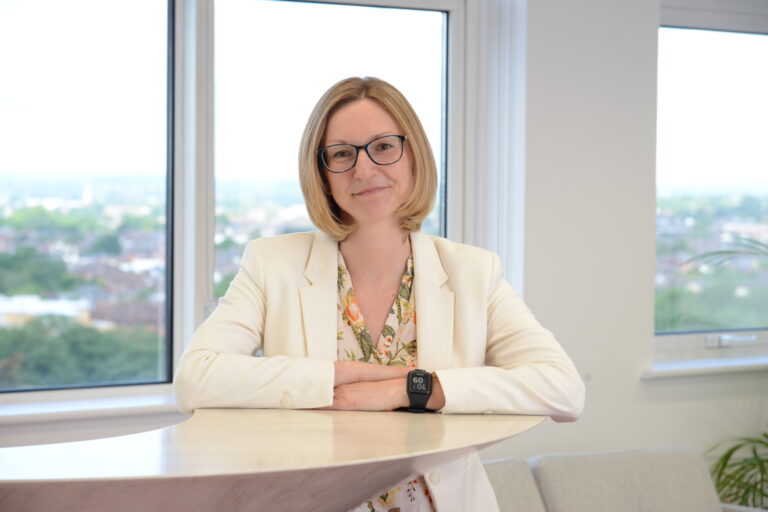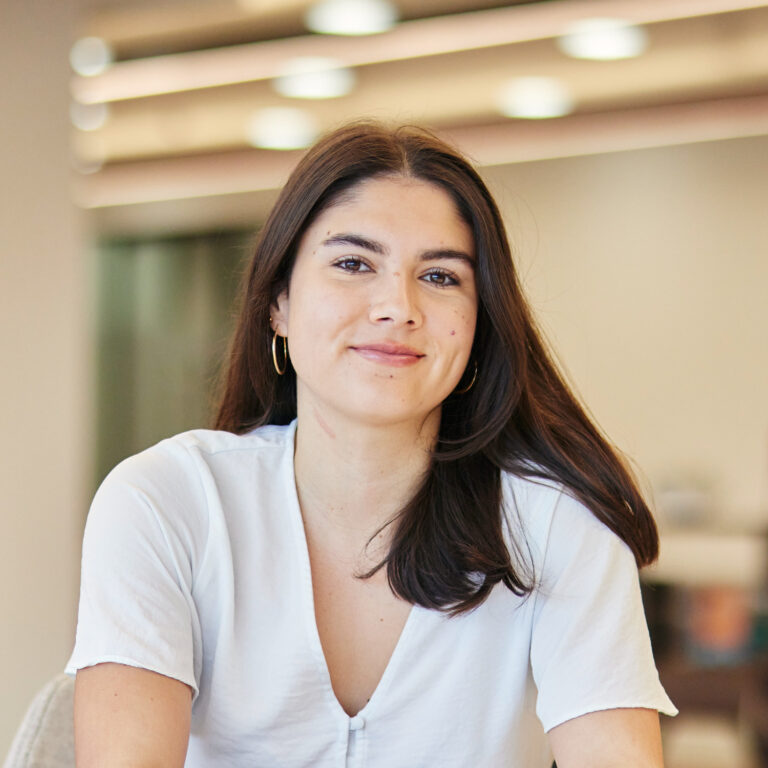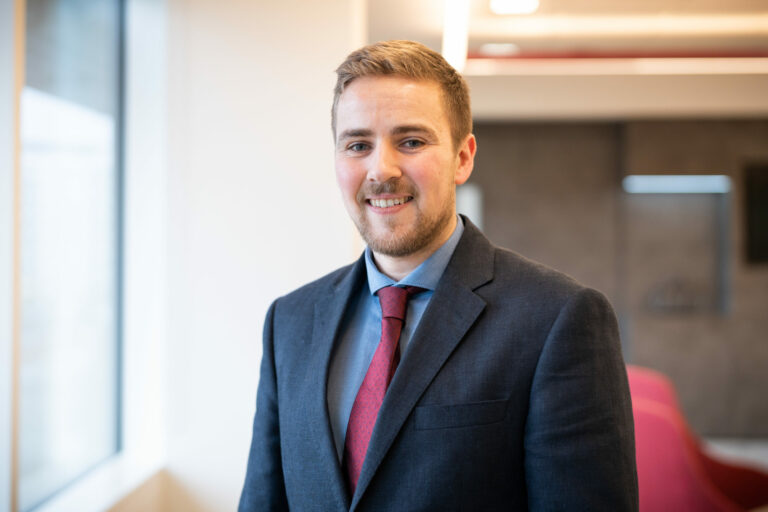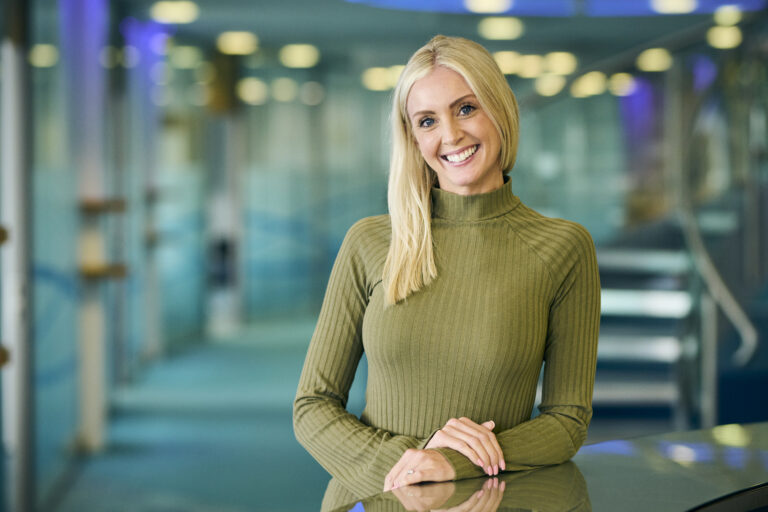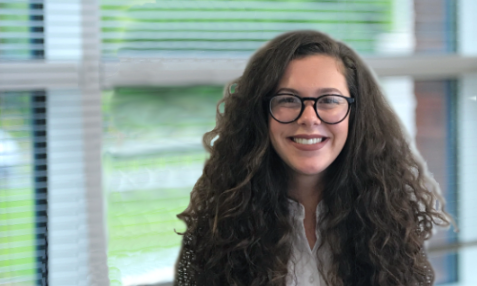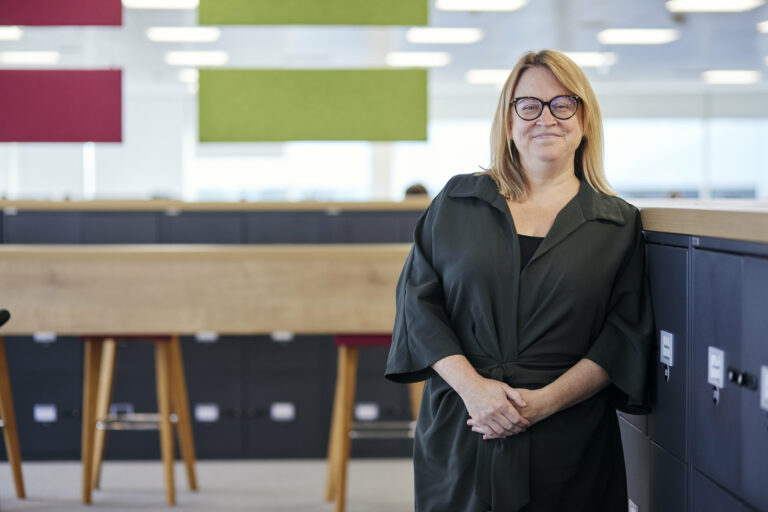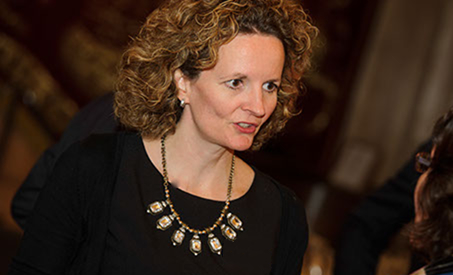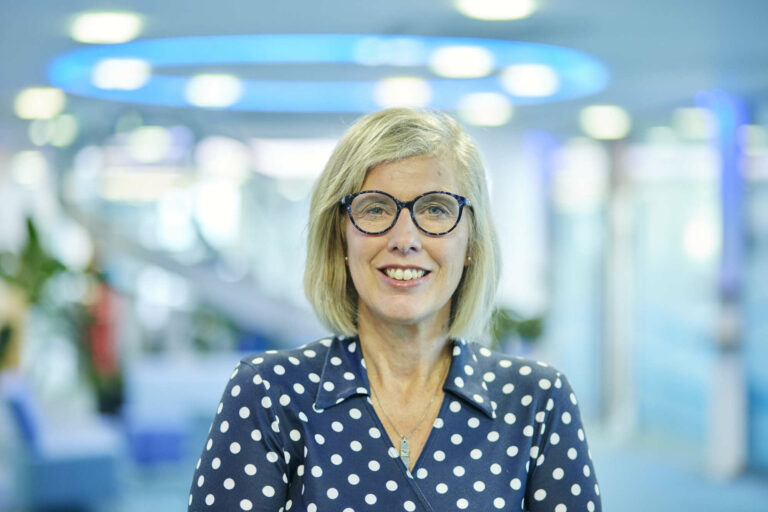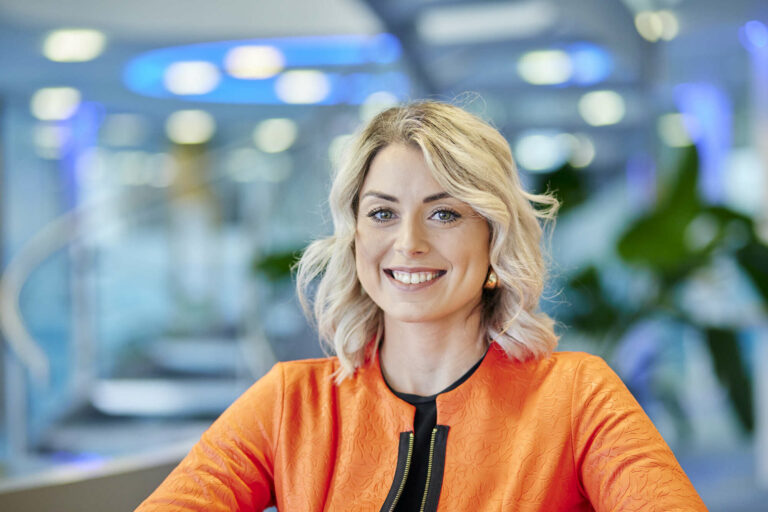
When someone in your family is diagnosed with a serious medical condition, in addition to the overall stress involved with a family member being ill, it can also feel like you suddenly have to get to grips with an entirely new vocabulary and set of skills.
It’s easy to feel isolated, because even though there will be families that either have already gone through very similar circumstances, or are going through them now, connecting with them isn’t always as easy as it should be.
That’s why the lovely people at Harry’s HAT (Hydrocephalus Awareness Trust) decided to create their first book, “Hydrocephalus – What I wish I’d known”. We recently sat down with founder Caroline and trustees Harri and Non, plus Jordan from Shunt manufacturer B. Braun, who also contributed to the book, to find out more.
Hi Caroline, Non, Harri and Jordan – thank you so much for joining us. Can you tell us a little about how the charity was founded, and how you became involved?
Caroline: I’m one of founders of Harry’s Hat. The charity was initially set up to fund neuro nurses in the hospital my son Harry was being treated at. We’d get into conversation while he was on the ward, and they told me that they wanted to do some specialised training in hydrocephalus, but it was hard to get time off and they had to fund it themselves. I realised this meant they didn’t have access to the more subject-specific information they needed to help Harry get better.
Jordan: I’m the product manager for neurosurgery at medical. We supply lots of hydrocephalus treatment solutions, work closely with neurosurgeons and clinical nurse specialists to try and provide best first-line treatment for patients and to increase education amongst those surgeons and nurses. We recognise that hydrocephalus isn’t a ‘sexy’ topic in neurosurgery as there are much more headline-grabbing surgeries, but hydrocephalus is chronic illness with massive impact on patients, families and their lives. We’re trying to increase that awareness through our side, which is how we got in touch with Harry’s hat. It’s all about improving patient outcomes.
Harri: I got involved through another charity. My main role is the proof-reading element, like blogs for the website and our book. The charity formed a couple of years ago and started very small.
Non: I’ve got a child with a lot of neurodevelopmental challenges, and Caroline has been amazing at supporting us. Parents tend to get thrown into the system when their child is diagnosed, and so I’m bringing my experience to the charity – I know what caring for a child with additional needs is like. I used to be neuroscientist conducting research into neuropsychological disorders. I now work for Healthwatch with Oxford Academic Health Science Network. The roles evolved alongside each other, and I’m able to apply what I’ve learned to Harry’s hat.
So Caroline especially, it’s fair to say you’ve had a lot of first-hand experience dealing with hydrocephalus?
Caroline: I really have. Before Harry was born I’d worked with women’s charities and charities with children with life limiting and life-threatening illnesses, but I never expected to have a child with a life-threatening illness myself.
Harry is my fourth child, and by that point I’d assumed everything was going to come relatively easily. At 36 weeks pregnant, however, doctors diagnosed a massive cyst in his brain and began to say things like “he wasn’t compatible with life”.
It was a terrifying time, but when he was born, he came out pink and screaming – there were 40-odd people in the room and crash teams on standby, as they still weren’t entirely sure what he had. I was in hospital for few days and then sent home with my miracle baby and told to monitor his head.
After a few weeks, we realised his head was growing and very fast. On the morning he was finally diagnosed with hydro he came into work with me as were having royal visit. We went to St George’s, and as soon as he came out of the MRI we were told not to feed him so they could operate straight away. That was when his shunt was put in.
Nobody really talked to us about why they were doing it. If they did was such a blur. I remember asking the neuro nurse what would happen if we said no to the shunt, and they were very clear there is no plan B. That’s when it hit me, because until then the language wasn’t very clear, and we needed to know there wasn’t a Plan B.
After that we were regular visitors to the hospital, and on a later visit I got chatting with the neuro nurses. Once they found out what I did as day job, they told me how difficult it is to get training. If they wanted to go to a conference, they had to pay for it themselves and take leave. My original thought was to raise money and have a fund we could give out if wanted to do training, but the charity grew from there.
Once we were on social media, families got in contact. They all said it was great talking to nurses, but what they really wanted was to talk to another mum. I remember seeing the same mum in hospital on a lot of our visits, and knowing she had a kid who also had hydrocephalus, but being too scared to talk to her – I think she’s on our grants panel now!
It’s good getting stuff like clinical information, but what parents really want to know is what life is going to be like. So now we do informal matching, almost like dating for hydro parents. As far as possible, we match circumstances and the response to hydro. They can then get in touch and meet face to face, or we also have some lovely virtual groups.
How did the idea to create the book first come about?
Caroline: So, the book came about after thinking about that parental experience of wanting to talk to other parents and wanting to get hints and tips – how do you give that to people, but in a way that’s universally accessible? I spoke to a trustee who is a GP, and they reaffirmed how I feel – how a lot of parents feel, really, when you get any info from NHS providers, it’s just a leaflet, and it’s trying to tick every box with the information it gives you. As a document it doesn’t reflect me, my family, or anybody really, and there’s nothing to encourage me to want to read them.
We wanted to create something that would engage readers by providing that human connection. It grew holistically so instead of my initial booklet, we now have the book. We also felt families deserved a bit of a treat. It’s rubbish being told your child has this condition, and when all you get to explain it is a scrappy old leaflet, it doesn’t really make you feel like there’s much sympathy about that.
Harri: I think what makes it stand out from leaflets or bigger booklets, is that from the first moment you open it, you’re reading a foreword from Caroline – someone who knows what the experience is like is speaking to you as a mum. We tried to keep it personable, with a lighter touch.
For the images we wanted to present it as a cosy children’s book, giving it a gentle feel rather than something using corporate jargon. Hopefully what comes across is that wouldn’t have been able to do the book without our contributors – because of those families who were open and brave enough to share, we have the book.
It was also something we had to approach quite cautiously from risk management perspective. We spoke with a neurosurgeon, as there’s no point in us producing the book if neurosurgeons are then not comfortable putting it on their wards. We want medical teams to be comfortable promoting it and sending people away with it. Because of that, we were careful to include very little medical detail about children, it’s all been anonymised and edited. Our book is definitely not meant to substitute any medical advice!
We are very grateful to you all for sharing your amazing insights with us.

